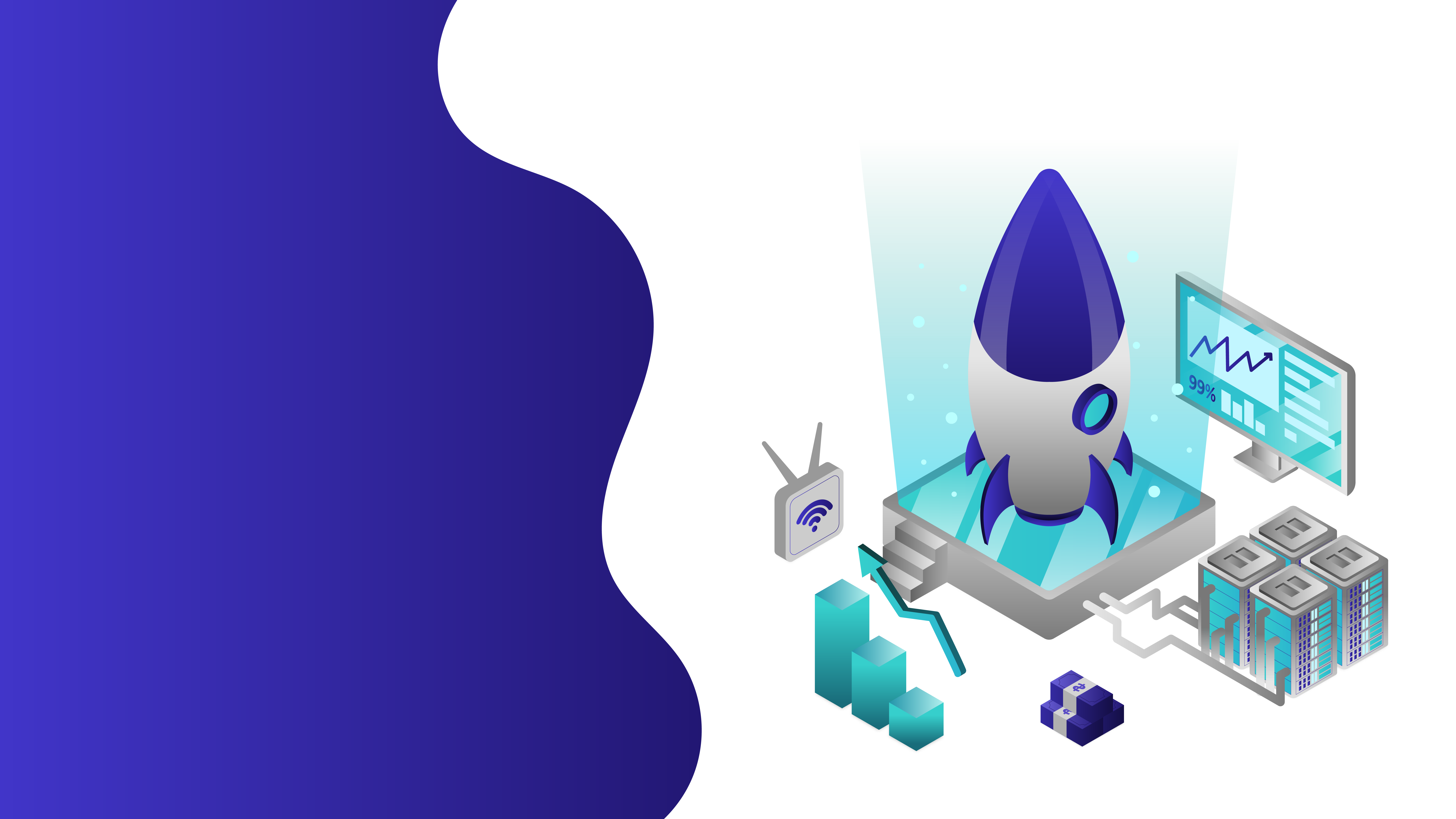26 Jun Training Neural Nets To Learn Reactive Potential Energy Using VR and AI
Scientists from the University of Bristol’s Intangible Realities Laboratory (IRL) and ETH Zurich have used virtual reality (VR) and artificial intelligence (AI) to learn details of reactive potential energy.
The researchers describe how advanced interaction and visualization frameworks using VR will enable humans to train machine learning algorithms and accelerate scientific discovery.
The team uses a real-time framework called Narupa, which is a state-of-the-art open source project that they have been developing over the last few years. It combines real-time atomistic physics simulations with commodity VR hardware. The framework can essentially carry out quantum mechanic calculations whenever needed.
Royal Society researcher Dr. David Glowacki, IRL head across Bristol’s Department of Computer Science and School of Chemistry, states, “immersive tools like VR provide an efficient means for humans to express high-level scientific and design insight. As far as we know, this work represents the first time that a VR framework has been used to generate data for training a neural network.”
Professor Markus Reiher from ETH states, “This work shows that advanced visualization and interaction frameworks like VR and AR enable humans to complement automated machine learning approaches and accelerate scientific discovery.”
Read the edited Science Daily article here
Reference:
Silvia Amabilino, Lars A. Bratholm, Simon J. Bennie, Alain C. Vaucher, Markus Reiher, David R. Glowacki. Training Neural Nets to Learn Reactive Potential Energy Surfaces using Interactive Quantum Chemistry in Virtual Reality. The Journal of Physical Chemistry A, 2019; DOI: 10.1021/acs.jpca.9b01006
The post Training Neural Nets To Learn Reactive Potential Energy Using VR and AI appeared first on Grata Software.


